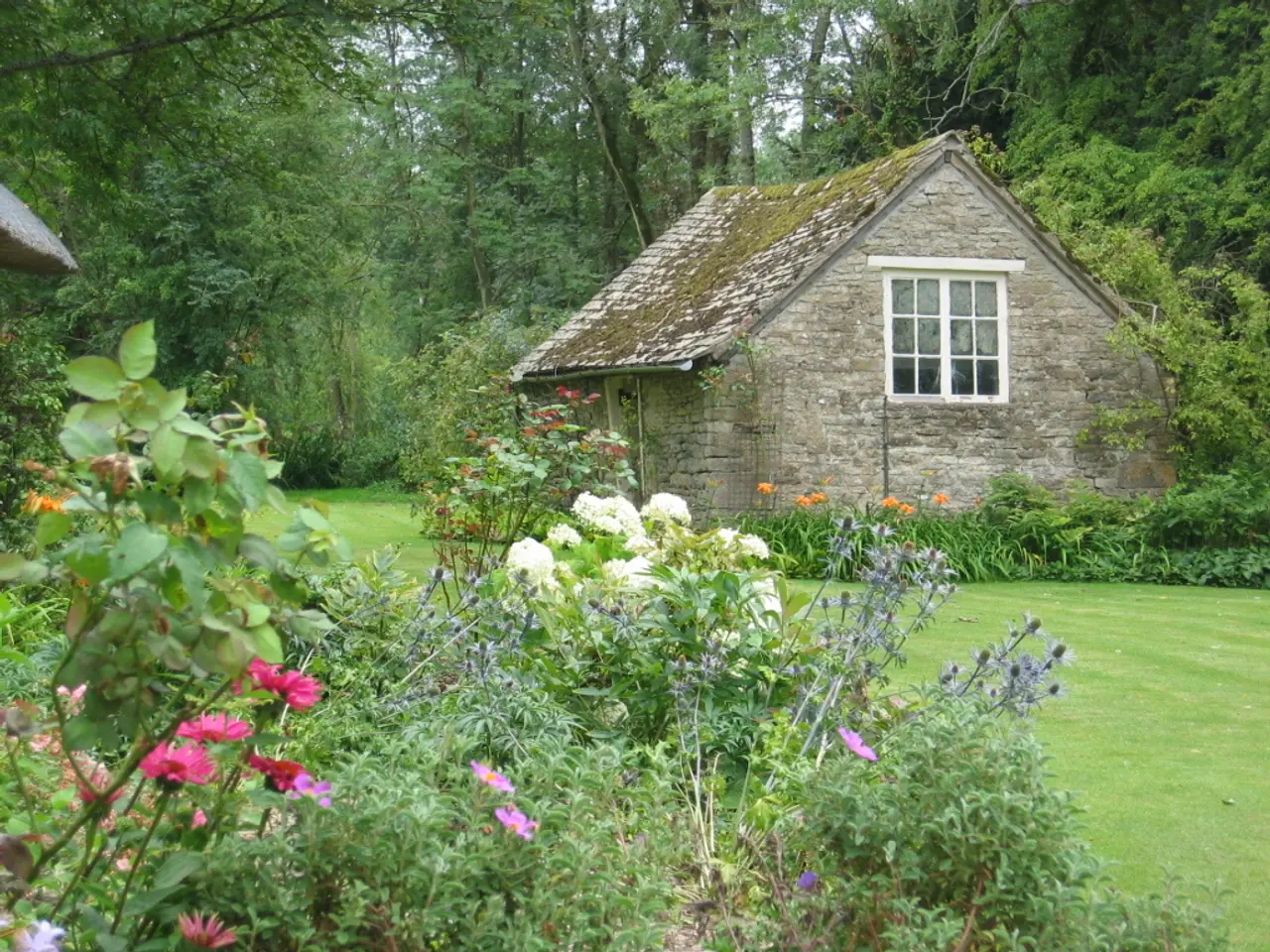Creating and Nurturing a Raised Garden Bed for Vegetables
In the world of gardening, raised beds have become a popular choice for many gardeners, offering numerous advantages over traditional garden plots. These elevated garden boxes are particularly beneficial when soil quality is poor, rocky, clay-like, or contaminated, as they allow gardeners to fill them with a custom soil mix tailored to plants' needs, ensuring ideal nutrients, pH, and texture from the start.
Raised beds also warm up faster in spring and retain heat longer in fall, extending the growing season by providing a more favorable root environment. They offer improved drainage and airflow, reducing issues with waterlogging, which benefits plants sensitive to "wet feet". Accessibility is also improved, as raised beds reduce or eliminate bending and crouching, making gardening easier for people with mobility challenges or aging gardeners.
In small yards, patios, or tight spaces, raised beds are easier to install and maintain, can be sized and located flexibly, and often provide a neater appearance. Constructing raised beds is a straightforward process, using sturdy materials such as wood, metal, or stone to frame the beds. Depth can vary from 6 inches to several feet based on plant types and gardener preference.
When it comes to filling the beds, a custom soil mix is essential, combining topsoil, compost, and other organic materials to achieve optimal nutrient balance and texture for your crops. Design beds at a height comfortable for you, especially if mobility is a concern. Some raised beds are built table-height for gardening while sitting.
Consider placement to maximize sunlight exposure for your plants and ease of access for maintenance tasks. Because raised beds drain well and soil warms quickly, monitor moisture carefully — they may require more frequent watering than in-ground plots. Regularly weed your beds, although raised beds reduce weed intrusion, some weeding is still necessary. Add organic matter or compost periodically to renew soil fertility and maintain a healthy growing environment.
In summary, raised beds are especially advantageous when soil conditions are poor, accessibility is a priority, space is limited, or when gardeners want extended growing seasons and better control over soil quality. Proper construction and tailored soil mixtures, along with regular maintenance, help maximize the success of raised bed gardens.
Raised beds can enhance your home-and-garden lifestyle, as they provide a suitable environment for a variety of plants due to their customizable soil mix, improved drainage, and extended growing season. In small spaces, these elevated garden boxes offer a neater appearance and can be easily maintained, making them an excellent choice for those with mobility challenges or limited yards.




